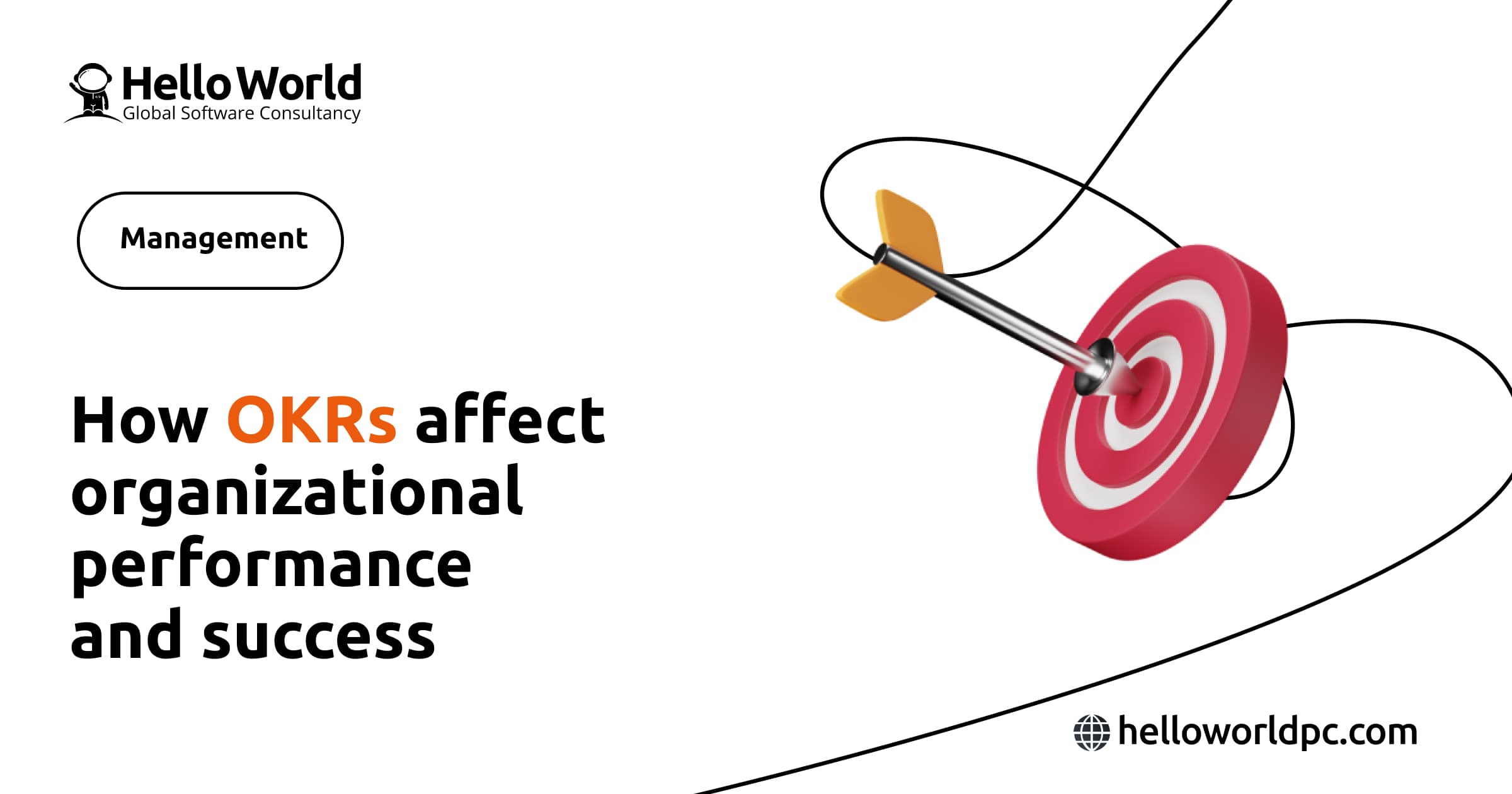Imagine you're a chef trying to perfect a new recipe. You've got your ingredients (your objectives), but you're not sure how much of each to use or what the final dish should taste like (your key results).
That's where OKRs (Objectives and Key Results) come into play. They're like our recipe for success, telling us not only what we want to cook but how to know when it's cooked to perfection.
Here is an example of an OKR:
Objective: Enhance Our Customer Service Experience to Drive Customer Loyalty
Key Results:
-
Increase Customer Satisfaction Scores by 20% - By improving response times and providing more personalized solutions, aim to raise customer satisfaction scores as measured through post-interaction surveys.
-
Reduce Average Response Time to Customer Inquiries by 50% - Streamline the customer service process and introduce new tools to cut down the response time for customer inquiries by half.
-
Implement a New Customer Feedback System and Achieve a 75% Response Rate - Deploy a more user-friendly and engaging feedback system and achieve a high response rate, ensuring customer voices are heard and acted upon.
This OKR is effective because it sets a clear, ambitious, yet achievable objective and outlines specific, measurable key results that indicate progress toward that objective. It focuses on tangible improvements in customer service, which are crucial for customer retention and loyalty.
OKRs vs. KPIs: What's the Difference?
Now, you might be thinking, "Aren't OKRs just fancy KPIs (Key Performance Indicators)?" Not quite! Think of KPIs as the food critics. They judge the dish based on specific criteria but don't tell us how to make it.
OKRs, on the other hand, are your sous-chefs. They're actively involved in the cooking process, guiding us toward the desired outcome.
Here are some KPIs that correspond to the objective of enhancing customer service experience so we can compare them with the OKRs above:
-
Customer Satisfaction Score (CSAT): This KPI measures the percentage of customers who rate their satisfaction with the service as "satisfied" or "very satisfied." It directly reflects the immediate reaction of customers to the service quality.
-
Average Response Time: This tracks the average time it takes for customer service representatives to respond to a customer inquiry. A lower average time generally indicates more efficient customer service.
-
First Contact Resolution Rate (FCR): This KPI measures the percentage of customer inquiries or issues resolved on the first interaction with no need for follow-up. A higher FCR rate often leads to higher customer satisfaction.
-
Customer Retention Rate: This measures the percentage of customers who continue to do business with the company over a specific period. It's a crucial indicator of long-term customer satisfaction and loyalty.
-
Net Promoter Score (NPS): This gauges customer loyalty and the likelihood of customers to recommend the company's services to others. It's an indirect measure of overall customer satisfaction and perception of the brand.
These KPIs focus on quantifiable, outcome-based metrics that track the performance of customer service. While they provide valuable data, unlike OKRs, they do not set specific objectives or outline a strategy for achieving these targets.
Doing OKRs Right: A Tale of Two Companies
Let's talk about two teams, "Team Chiefs" and "Team Eagles" (Yes I watch NFL 😎). Team Chiefs sets OKRs like "Increase customer satisfaction by creating a more user-friendly website." They check in weekly, adjust their strategies, and celebrate small wins.
Eagles team, however, sets vague OKRs like "Improve business performance." They rarely review their progress and are often unsure about their direction. The difference? Chiefs team uses OKRs as a roadmap, while Eagles treats them like a distant billboard throwing jargon to the team.
Common OKR Pitfalls: Avoiding the "Oops" in OKRs
The Overzealous OKR: It's like planning to run a marathon when you've only ever sprinted to the fridge during commercials. Set achievable, realistic goals.
The Vague Vision: "Be the best" is a cheer, not an OKR. Be specific!
The Forgotten Follow-up: Setting OKRs and then ignoring them is like planting a garden and never watering it. Regular check-ins are crucial.
How to Avoid OKR Pitfalls: Lessons from a Lemonade Stand
Remember your first lemonade stand? It was probably a simple goal: sell lemonade, earn money. But what if you had set an OKR like "Increase lemonade sales by experimenting with different recipes and locations, aiming for a 50% increase in customers." Suddenly, you're not just selling lemonade; you're learning about customer preferences, marketing, and sales strategies. That's the power of a well-set OKR.
OKRs: A Two-Way Street Between Leadership and Teams
OKRs are often perceived as directives coming down from the C-suite or leadership teams, setting the course for the entire organization. However, this top-down approach is just one side of the story. In reality, OKRs thrive on a two-way street, where ideas and objectives can originate at any level of the organization.
This bottom-up approach empowers employees by giving them a voice in the goal-setting process, fostering a culture of collaboration and shared responsibility. When team members at all levels contribute to the creation of OKRs, it not only democratizes the process but also ensures that the objectives are aligned with on-the-ground realities and can be more effectively executed. This synergy between leadership and teams enhances engagement, innovation, and the overall success of OKR implementation.
In Conclusion: OKRs, the Secret Sauce to Success
OKRs are more than just goals; they're the compass that guides our efforts and helps us measure our progress. By understanding their difference from KPIs, setting them correctly, and avoiding common pitfalls, we can turn our objectives into achievable, exciting journeys.
Remember, the right OKR is like a good recipe: clear, doable, and, most importantly, deliciously rewarding!

